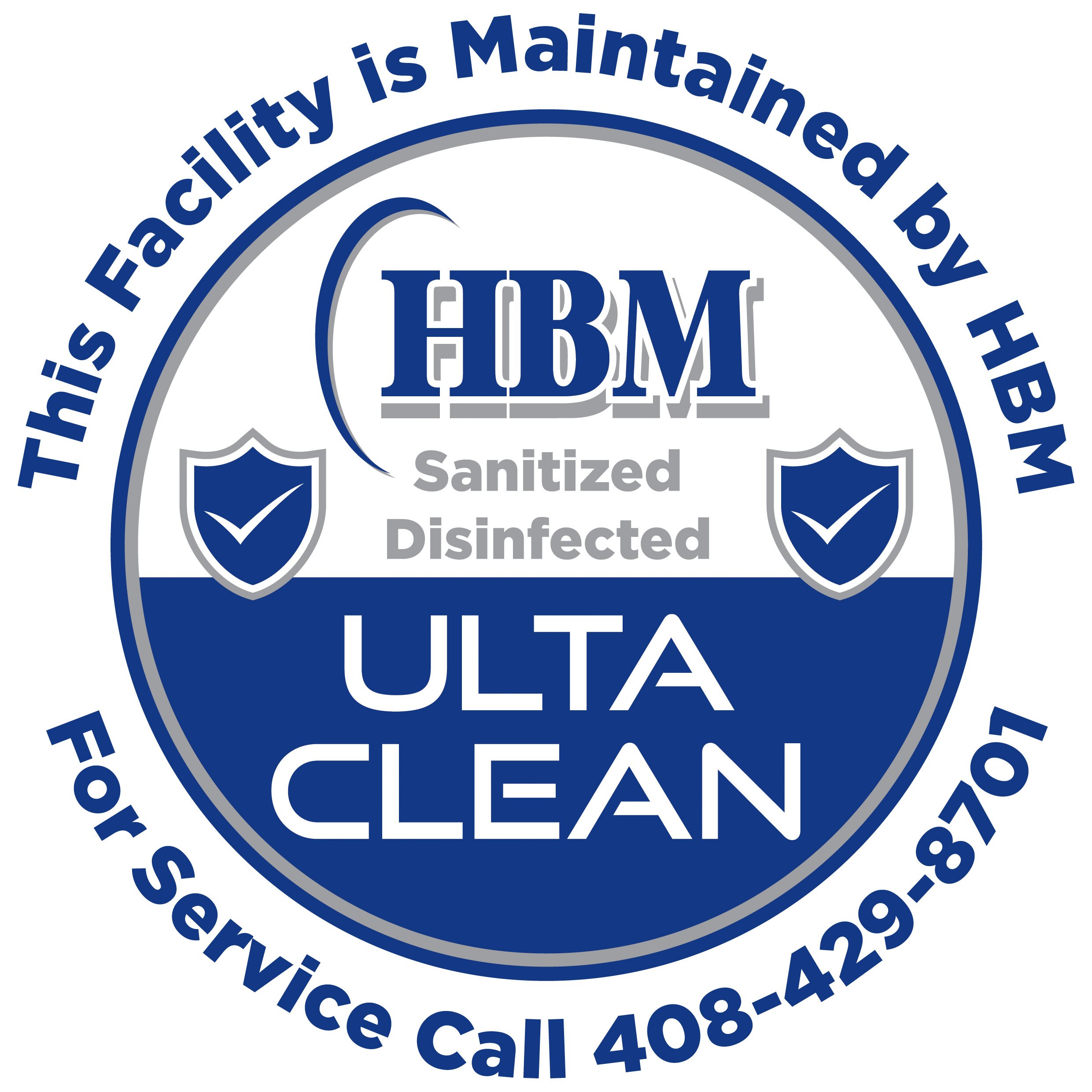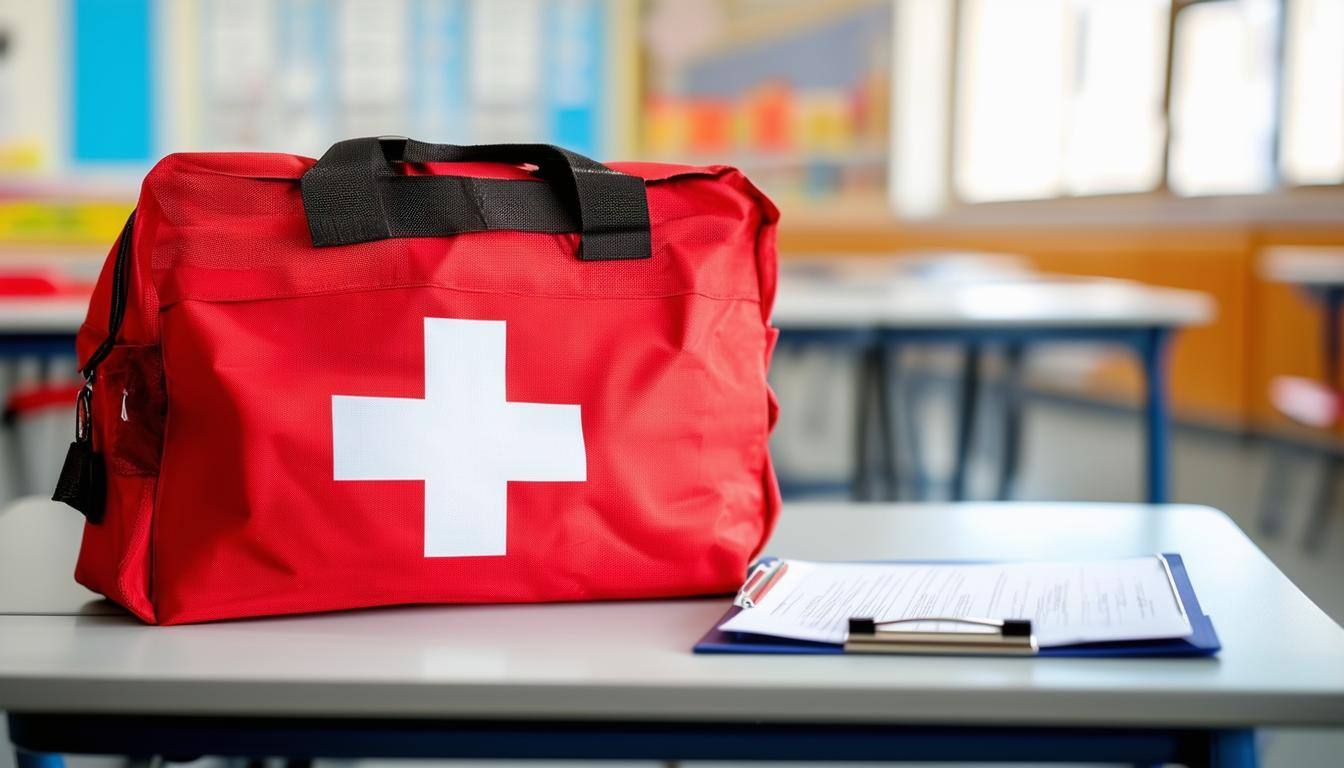Rainwater catchment, a time-honored practice, has become a sustainable solution in our quest for water conservation and environmental stewardship. As we grapple with the challenges of climate change and water scarcity, the ancient art of collecting rainwater has reemerged as a vital and ingenious method to secure a local, clean, and replenishable water source. In this blog post, we'll explore the benefits, methods, and innovative applications of rainwater catchment.
The Beauty of Rainwater:
Rainwater, often referred to as "soft water," is a gift from the skies. Unlike hard water sourced from underground aquifers or municipal supplies, rainwater is free from minerals and pollutants. This pristine quality makes it ideal for a range of applications, from watering plants and landscaping to household chores and even, with proper treatment, for human consumption.
Benefits of Rainwater Catchment:
- Sustainable Water Supply:
- Rainwater catchment systems provide a local and sustainable water source, reducing dependence on distant and sometimes environmentally taxing water supplies. This is particularly significant in regions facing water scarcity or where traditional water sources are overburdened.
- Reduction of Runoff and Erosion:
- Capturing rainwater helps prevent soil erosion and mitigates the impact of stormwater runoff. By channeling rainwater into storage systems, we can reduce the risk of floods and preserve the delicate balance of local ecosystems.
- Energy and Cost Savings:
- Rainwater catchment systems can contribute to energy and cost savings. By collecting rainwater for non-potable uses such as irrigation and toilet flushing, households can reduce their reliance on energy-intensive municipal water treatment and distribution systems.
Methods of Rainwater Catchment:
- Rooftop Collection:
- The most common method involves directing rainwater from rooftops into gutters and downspouts, then into storage tanks or cisterns. The catchment area's size and the efficiency of the collection system determine the amount of water harvested.
- Surface Collection:
- In more expansive setups, impermeable surfaces like driveways and roads can be designed to channel rainwater into collection basins or swales. These surfaces act as catchment areas, allowing water to percolate slowly into the ground or be collected for later use.
- Landscaping and Contouring:
- Strategic landscaping and contouring of the land can help direct rainwater to specific areas for collection. This method is particularly effective for agricultural purposes, allowing farmers to maximize water retention in their fields.
Innovative Applications:
- Urban Rain Gardens:
- Incorporating rain gardens into urban planning can transform rainwater runoff into a valuable resource. These green spaces are designed to capture, absorb, and filter rainwater, promoting biodiversity and enhancing the aesthetics of urban areas.
-
Self-Sufficient Homes:
- Forward-thinking architects are integrating rainwater catchment systems into home design. From rainwater-harvesting roofs to underground storage, these homes aim for self-sufficiency in water supply, reducing their environmental impact.
- Community Based Initiatives:
- Rainwater catchment is also finding its way into community-based initiatives. Schools, parks, and public spaces are implementing systems that not only conserve water but also educate communities about the importance of sustainable water practices.
Applications for Schools:
- At the Katherine Delmar Burke School in San Francisco, HBM was able to install a system of 12 50-gallon rain barrels interconnected to building downspout systems. The water is being used for janitorial purposes throughout campus. Additionally, 5 of the barrels are connected to solar-powered drip irrigation systems to water nearby planters.
- At another a school, HBM was able to interconnect an existing landscaping water feature (recirculating waterfall and pond) into a pre-existing rainwater catchment system. The waterfall can now be used in drought conditions without concern. The catchment system also provides irrigation for ⅓ of the campus and toilet flush water for some buildings.
Conclusion:
Rainwater catchment is a beacon of sustainable water management, embodying the harmony between human needs and environmental preservation. As we navigate a future marked by climate uncertainty, embracing the ancient wisdom of collecting rainwater may well be the key to a more resilient and sustainable water future. It's time to let the rain be our guide and harness its life-giving essence for the benefit of our communities and the planet as a whole.







